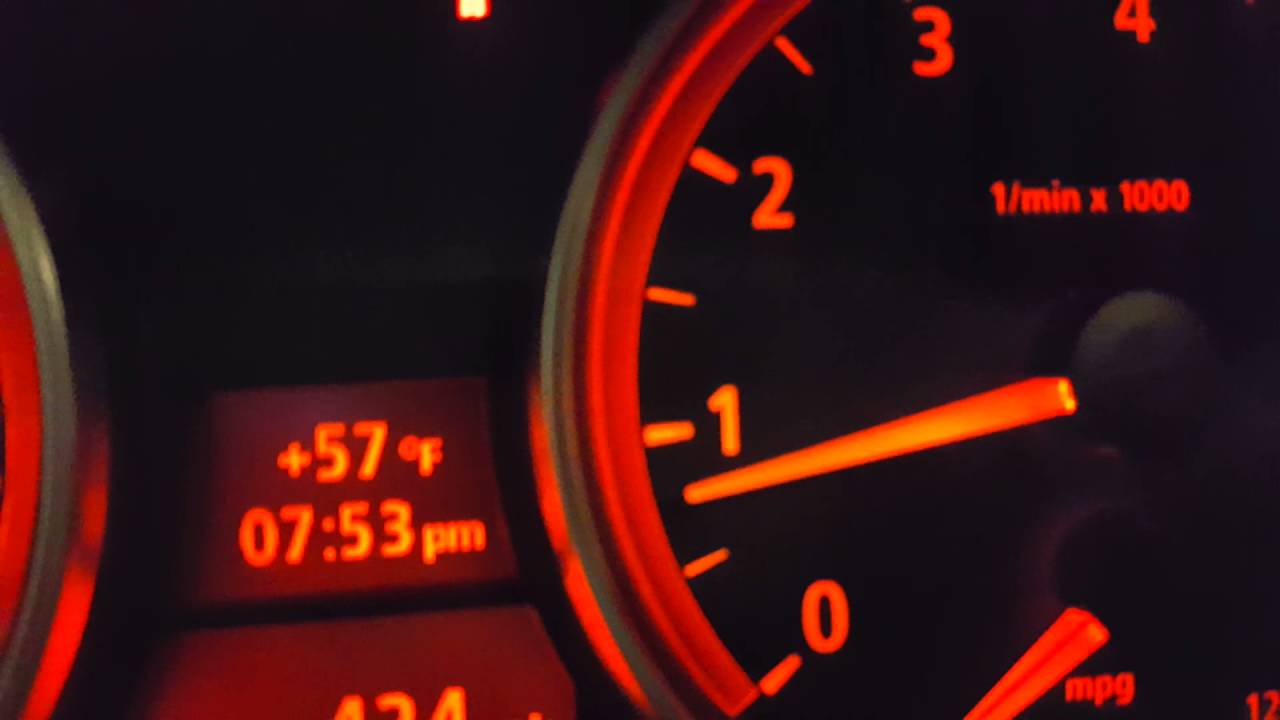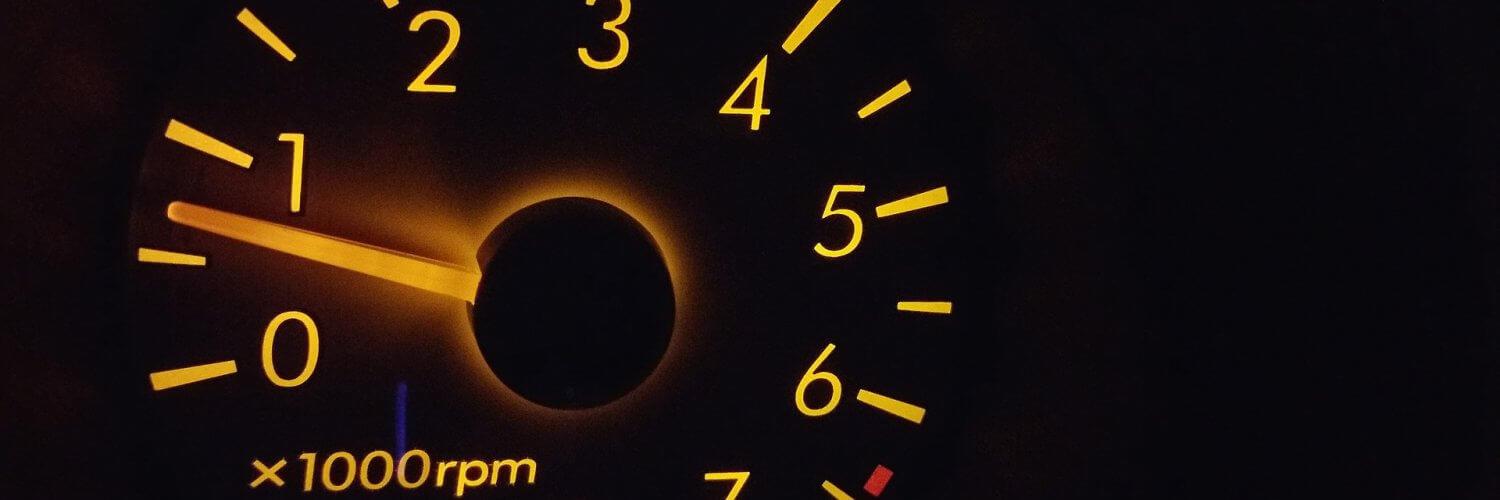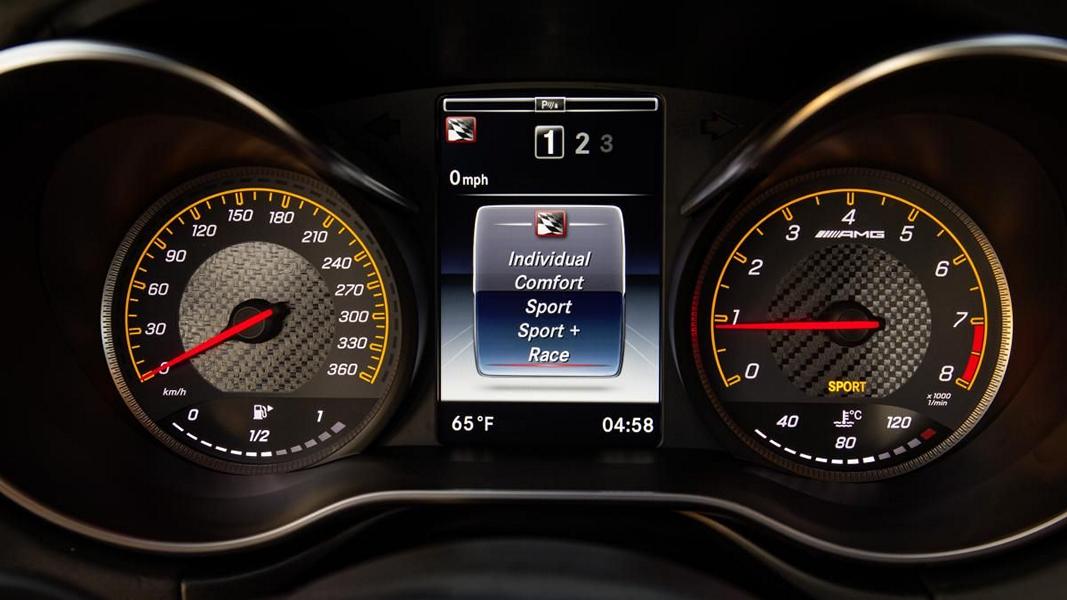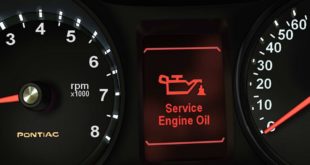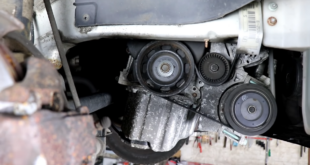Engines are complex machines whose heart lies in the precise coordination of their components. A frequently asked question among drivers is why Engine speed at idle sporadically rises and falls. The phenomenon can (unfortunately) have multiple causes, ranging from simple to complex problems. In this article we will examine in detail the reasons behind engine speed fluctuations at idle. First of all, it is important to understand that the engine speed is the Number of revolutions indicates which the Motor per minute (rpm). Ideally, the speed should be stable at idle to ensure optimal efficiency and performance. However, fluctuations can occur for various reasons.
when the idle speed fluctuates
- Idle control valve: One of the main reasons for speed fluctuations when idling is a faulty or dirty engine Idle control valve. The valve controls the amount of air entering the engine when it is idling. Contamination or defects can lead to irregular air supply, making the speed unpredictable.
- Ignition system problems: Ignition system problems, including worn spark plugs, spark plug wires, or ignition coils, can also cause RPM fluctuations. Poor ignition leads to incomplete combustion, which results in fluctuating speed.
- Fuel system: Contaminants in the fuel system, such as a clogged fuel filter or problems with the fuel pressure regulator, can affect fuel delivery to the engine. This leads to fluctuations in engine performance and therefore changes in engine speed.
- Air flow sensor: A defective mass air flow sensor, which measures the amount of air flowing into the engine, can send incorrect data to the engine control unit. This can lead to an incorrect air-fuel mixture, causing irregular speeds.
- Vehicle maintenance is crucial to ensure that all the components are working properly. Regular maintenance, including checking and cleaning the idle control valve, replacing spark plugs, and checking the fuel system, can help Engine speed at idle to stabilize and the fuel efficiency as well as the general one Power to improve.
What is an idle speed controller and its function?
The idle speed controller, also known as the idle speed controller, is an important component in modern injection engines. He has the task Regulate the idle speed of the engine. The goal is to maintain a constant speed to avoid the engine stalling at idle. An optimal idle speed is also crucial to keep fuel consumption as low as possible.
Symptoms of a defective idle speed controller
- Fluctuating idle speed: The engine no longer runs smoothly when idling, but rather at varying speeds.
- Engine stalling while idling: It can happen, especially when stationary, that the engine simply stops.
- Motor malfunctions when additional consumers are connected: When power consumers such as the air conditioning or the rear window heater are switched on, the engine can stop idling.
Rough idling – what does that mean?
A pair of rough idle describes a situation in which the engine no longer runs smoothly, but instead jerks or vibrates. These vibrations can often be felt throughout the vehicle and indicate that the engine is no longer working optimally. The causes can be varied; in addition to a defective idle speed controller, they also include ignition problems or dirty injectors.
The importance of idle speed
Idle speed is a critical value for the smooth operation of the engine. One typical idle speed is 800 revolutions per minute (RPM). This value ensures that the engine runs smoothly without consuming fuel unnecessarily. During normal operation or under load, the speed increases significantly, often to over 2.000 rpm, in order to provide the required power. The idle speed regulator is usually located on the throttle body or near it. Its exact location may vary depending on the vehicle and engine type. It plays a central role in controlling the air supply and thus the speed when idling.
Function of the idle switch (motorcycle)
The Idle switch has a slightly different function than the idle speed controller. It is usually located in the transmission and monitors whether the vehicle is idling. Its main role is to activate certain safety functions, such as preventing the engine from starting when the car is in gear and the side stand is deployed. A defective idle switch can cause these safety mechanisms to not function properly.
thematically relevant posts
In our category Tips, products, information & Co We have reviews of car or accessories manufacturers, new ones Tuning Wiki Terms or one or two leaks published.
 tuningblog.eu Your magazine about tuning the car
tuningblog.eu Your magazine about tuning the car
